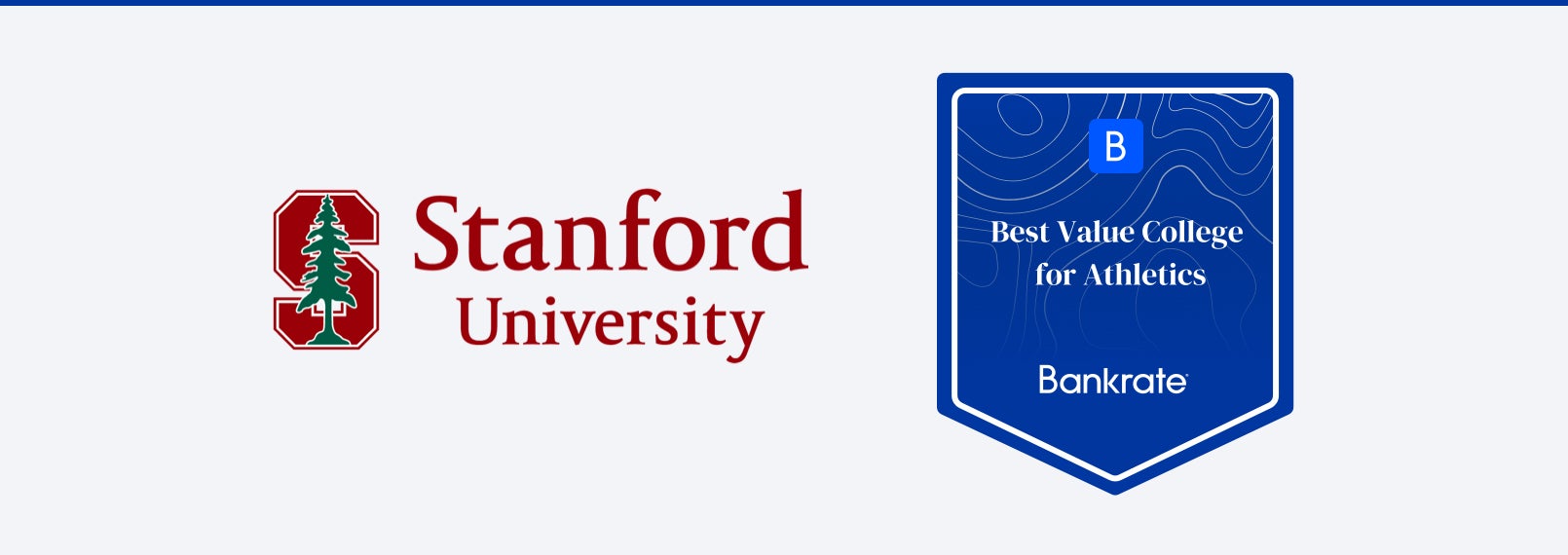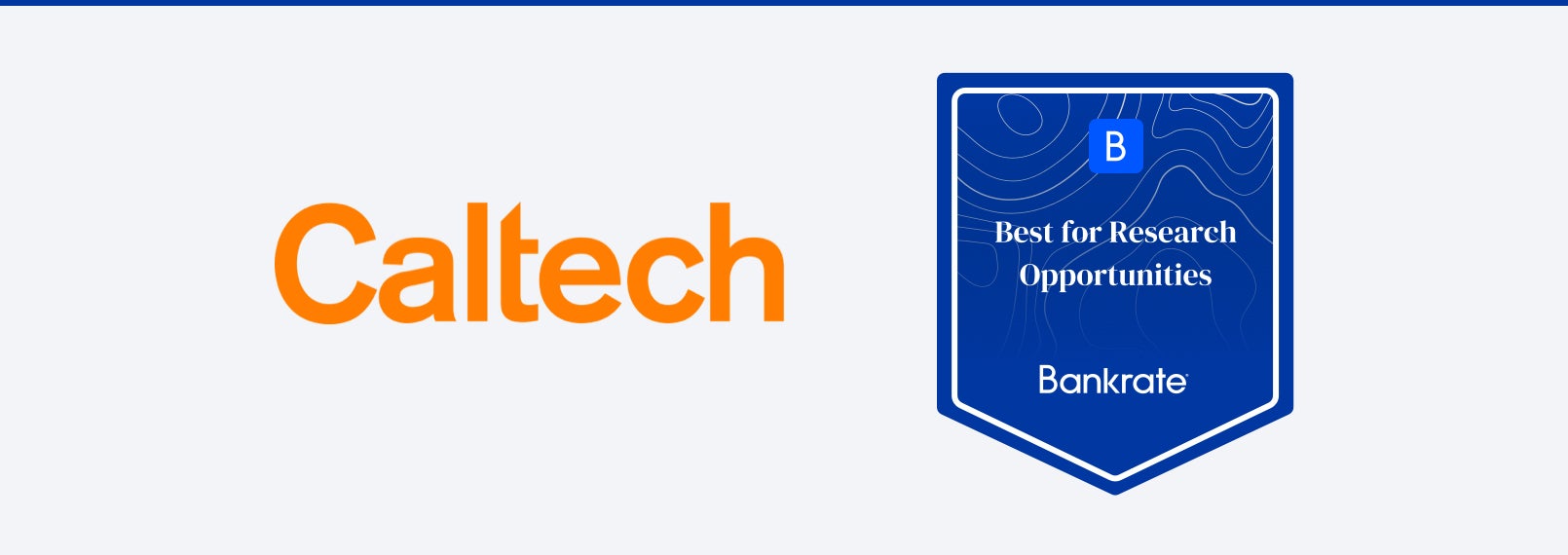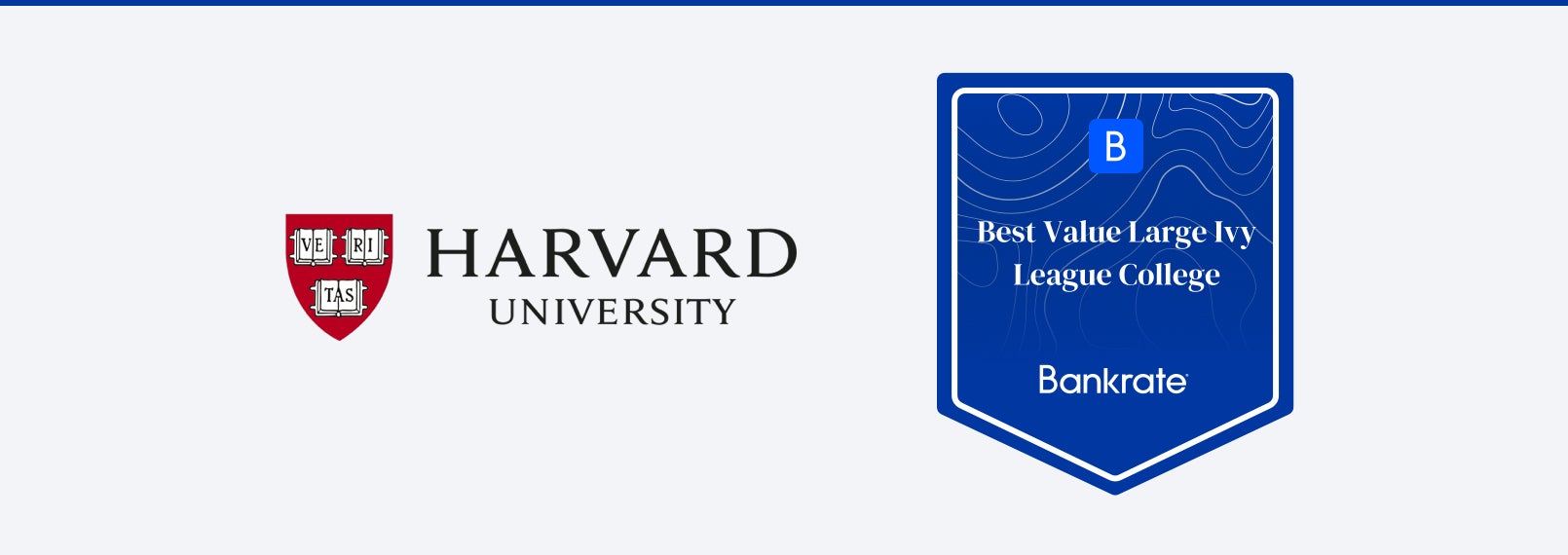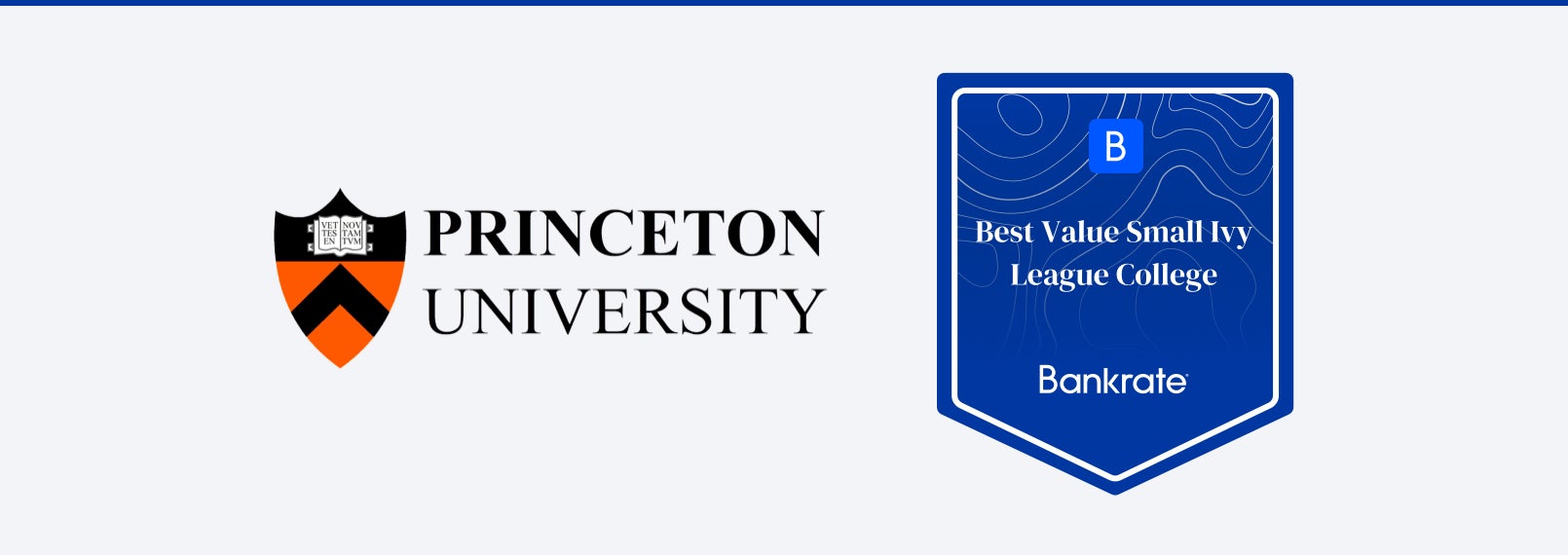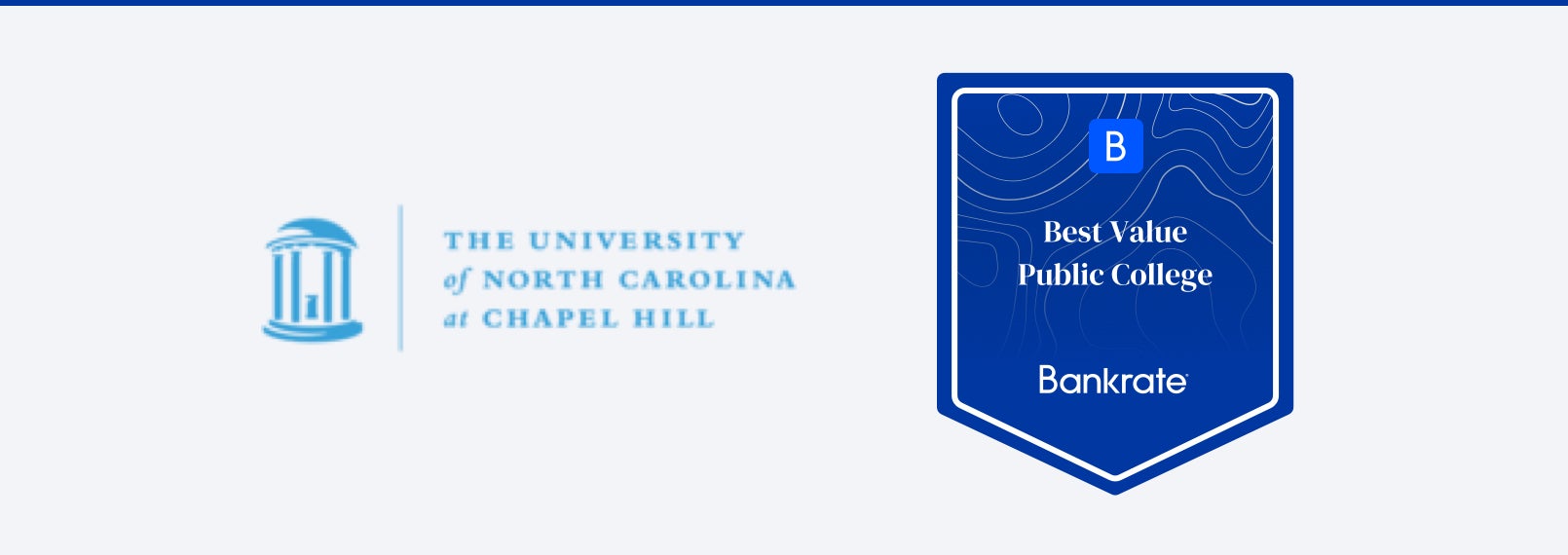Choosing the best college for you is not easy. Along with location, class sizes and campus life, you’ll want to take into consideration whether a college is a good value for you and your financial situation.
The definition of the “best value” college is different for everyone. The colleges profiled below are the ones that have the best return on investment (ROI), but keep in mind that the best value school for you could be an in-state school or public university. Use the list below as a springboard as you compare college costs, perks and drawbacks.
Factors to consider when evaluating ‘best value’
When it comes to evaluating what a “best value” college looks like, we took into consideration the average salary of the graduated students, the average amount of aid distributed and the 20-year net return on investment (ROI).
These metrics show you the general affordability of the school coupled with how quickly you could pay off your degree. While the universities listed here may be more expensive upfront, their value comes with the opportunities you could receive after graduating. To learn more about how we determined our rankings, see our methodology below.
Best value colleges in 2021
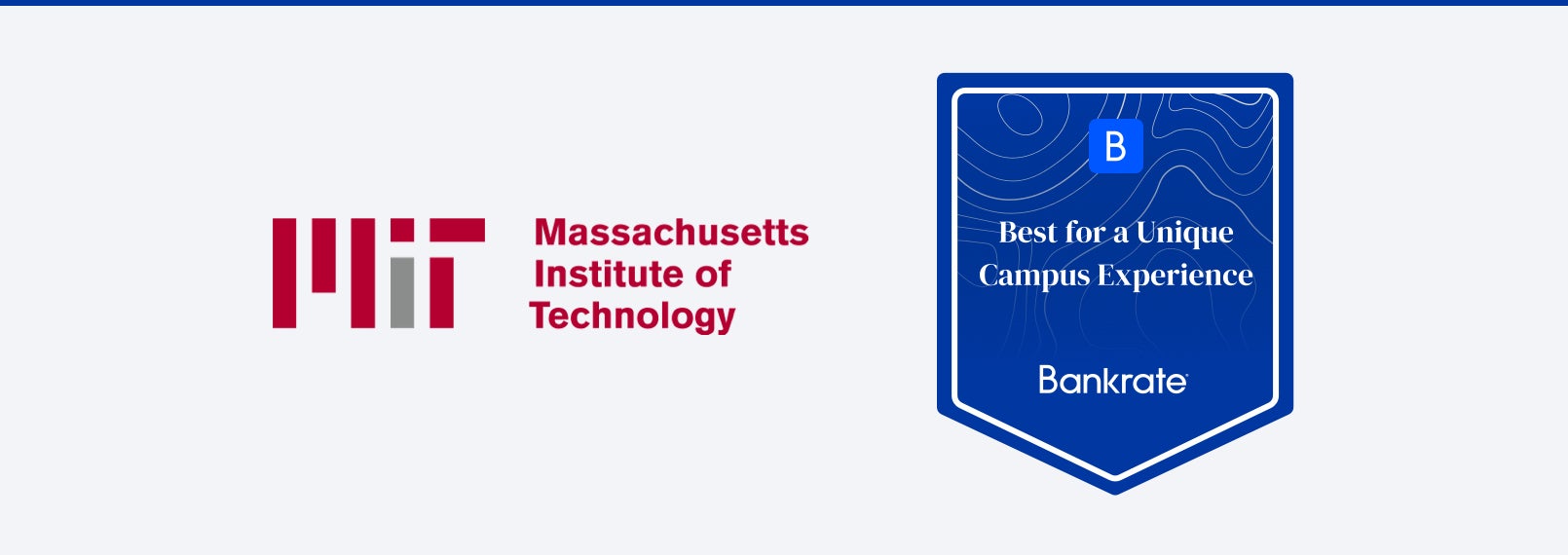
Best value college for a unique campus experience
Massachusetts Institute of Technology
MIT is a world-renowned institution that boasts a curriculum focused on both arts and sciences. With a quirky campus culture and a stellar reputation, MIT is worth considering for both undergraduate and graduate students — particularly those looking for a degree in engineering or the sciences.
Key benefits
- Research opportunities: At MIT, you’ll have access to a plethora of top-notch research programs, like the Undergraduate Research Opportunities Program (UROP). This program allows students of all grade levels, even freshmen, to participate in cutting-edge research in subjects of their choice.
- Unique campus and dorm experience: MIT is known for its interesting architecture. Plus, every dorm’s design is unique, and certain dorms are host to various MIT subcultures — meaning you can choose a dorm that best fits your interests and personality.
- Freshman first semester grading system: Grading for incoming students’ first semester is pass/no record, then transitions to A, B, C or no record grading for the second semester. This is to ensure that every freshman has a smooth transition into collegiate life and the heavy-duty workload that comes with attending MIT. Regular A through F grading begins in year two.
Key drawbacks
- Intense workload: Many alumni report an extremely intense workload at MIT, so staying organized is critical. It’s also important to have a good sense of work-life balance in order to take care of yourself in an intense academic environment.
- High tuition: While MIT does offer significant financial aid packages, its tuition is higher than that of most colleges. The potential to get into six-figure debt is possible at this school, so keep that in mind and weigh it with the possible financial aid you could receive.
Best value college for athletics
Stanford University
Stanford is a liberal arts university that also has a thriving campus culture. Boasting famous alumni such as Reese Witherspoon, Tiger Woods and Elon Musk, Stanford is recognized worldwide for its academics.
Key benefits
- Top-notch athletics: Stanford boasts some of the best athletics in the country, having won 126 NCAA team national championships. As a student, you’ll have access to almost 40 different sports teams.
- Accomplished faculty: Stanford’s faculty and staff are top-notch; among the faculty are Nobel laureates, MacArthur Fellows, National Humanities Medal recipients and more. This makes for great learning and networking opportunities.
- Student entrepreneurship opportunities: If you have a business idea but don’t know where to start, StartX is a great resource. StartX is a university-sponsored program that offers financial assistance to graduate students, postdoctoral scholars, alumni and faculty with accepted ideas or startups.
Key drawbacks
- Not much of a college town: The Stanford campus is so large that it’s often referred to as the “bubble.” However, because of this, Stanford doesn’t have much of a college town. The closest town to the university, Palo Alto, is about a mile away and doesn’t have a traditional “college town” feel.
- Freshman can’t have cars on campus: For the entirety of their first year, freshman are not permitted to bring their cars to campus except under special circumstances.
- Crowded dorms: Stanford dorm rooms have been reported to be crowded, as most students live on campus. All freshmen are required to live in the dorms, and many upperclassmen live in campus housing due to the shortage of affordable off-campus housing.
Best value college for research opportunities
California Institute of Technology
The California Institute of Technology (Caltech) is one of the leading science and engineering institutions in the nation. With impressive accolades, like managing NASA’s Jet Propulsion Laboratory, this school is one that emphasizes academic excellence.
Key benefits
- Student-to-faculty ratio: Caltech has one of the nation’s lowest student-to-faculty ratios in the nation at 3-to-1. This provides students with the opportunity to work closely with renowned faculty and staff.
- Research opportunities: The Summer Undergraduate Research Fellowships (SURF) program allows students to design, complete and present a research project in the field of their choice under the direction of the faculty. Caltech is also home to top-notch research facilities, including NASA’s Jet Propulsion Lab.
- Unique living situation: At Caltech, dorms are called “student houses” and are tightly knit communities of students living together, intended to mimic the residential systems of Oxford and Cambridge. These Houses organize events and trips throughout the year and serve as the social hub for students within each House.
Key drawbacks
- Small student body: While some may appreciate the small university and class size, if you’re after a large university experience, Caltech may not be the institution for you.
- Rigorous workload: This school is known for its intense workload and rigorous academics. You’ll need to be able to keep up with the fast-paced, STEM-focused environment.
- Fewer extracurricular opportunities: Some report that the student life at Caltech is lacking in regard to student life (e.g., clubs and extracurriculars) when compared to other universities.
Best value large Ivy League college
Harvard University
Harvard has the reputation as being one of the most prestigious institutions in the world. Attending this school means taking part in hundreds of years of tradition and culture. While it is expensive and competitive, the potential career opportunities that could lie ahead after graduation are expansive.
Key benefits
- Academic opportunities: As a liberal arts college, Harvard has a wide variety of majors to choose from — everything from Computer Science to Slavic Languages and Literatures. Harvard students don’t announce their concentrations until sophomore year, so you have time to explore a variety of interests.
- Large on-campus library: Harvard boasts the largest private library system in the world. With more than 17 million volumes in Harvard’s combined collections, everything you’ll need to know will be at your fingertips.
- Tradition and prestige: Since it’s considered one of the most prestigious universities in the world — one of eight Ivy League schools — Harvard could be a boost on your resume as you consider your future occupation.
Key drawbacks
- Expensive tuition: Harvard is one of the most expensive schools in the nation. While Harvard does offer financial aid, many students will still come away from their time with student loan debt.
- Competitive atmosphere: As an Ivy League school with notable alumni like Mark Zuckerberg, Bill Gates and Ruth Bader Ginsburg, Harvard’s academics are top-notch, but they can also be intense.
- Harsh winters: Harvard is located in Cambridge, Massachusetts, which means that the campus sees an average of 50 inches of snowfall a year. If you prefer warmer weather, you may want to consider a school in a different climate.
Best value small Ivy League college
Princeton University
Princeton is a prestigious Ivy League university that offers a wide range of academic opportunities as well as an active campus life. If you can keep up with the academic rigor of an Ivy League institution and the costs of attendance are within your reach, this is certainly a school worth considering.
Key benefits
- Academic excellence: Many alumni praise Princeton for the quality of the professors and the academic excellence of the school. Because Princeton offers a liberal arts education, students have plenty of opportunities to explore academic interests that aren’t necessarily related to their major or studies.
- Student life: Students have countless opportunities to get involved at campus outside of the classroom. With a plethora of clubs, activities and student organizations, Princeton values student life as well as academics.
- Impressive list of alumni: Princeton’s list of famous alumni includes Michelle Obama, Jeff Bezos and James Madison, contributing to its worldwide reputation.
Key drawbacks
- Lacks college town atmosphere: Princeton University is located close to the town of Princeton, but students report little nightlife compared with traditional college towns. Because students tend to be insulated within campus itself, the campus is referred to as the “Orange Bubble.”
- Heavy workload: As with many of the other Ivy Leagues, Princeton is notorious for a heavy workload and intense academic rigor. It’s essential to have a good work ethic to succeed as a student at this university.
Best value public college
University of North Carolina at Chapel Hill
UNC Chapel Hill is a university famous for its stellar athletics and school pride. While offering a competitive academic environment, Chapel Hill provides a rich student and on-campus life, encouraging a balance of work and collegiate activities. Chapel Hill is known nationally for its “Carolina blue,” and students wear their school colors with pride.
| $7,019 in-state and $34,198 out-of-state (2020-21) |
| Public |
| $70,955 |
| $386,000 |
| $16,164 |
| 22.6% |
| https://www.unc.edu/ |
Key benefits
- School spirit: UNC Chapel Hill is well known for its spirited and dedicated student body. Whether on or off campus, at a football game or just around the city of Chapel Hill, you’ll see students decked out in Carolina blue showing their pride.
- Relatively low tuition costs: This school is among the most affordable on our list of best value colleges, especially for in-state students. Plus, the scholarship and aid opportunities make Chapel Hill even more accessible, even for out-of-state students.
- On-campus life: Due to the intense school pride, on-campus life has been praised by students and alumni. There are a plethora of activities, clubs and organizations to be a part of, and finding community on campus is reportedly easy.
Key drawbacks
- Large class sizes: Almost 20,000 undergraduate students are currently enrolled at UNC Chapel Hill. While the school claims that 88 percent of classes have fewer than 50 students, some general education classes may have a few hundred.
- Inadequate parking: A common complaint on college review sites is inadequate parking on campus, which is an issue particularly for students who choose to live off campus.
- Dining: Some students report that the dining hall options on campus lack variety and that they are extremely packed in between classes and during the normal lunch hours.
Final considerations
While cost versus earnings potential is the main factor we looked at in the above rankings, do the math before committing to any institution. Many schools can leave you with thousands of dollars in debt without aid, so it’s important to weigh your options carefully, taking into account your financial aid package and how much you would need to take out in student loans.
And remember, cost isn’t the only factor you’ll want to consider; also think about whether the school has a good reputation for your desired degree program and whether it meets your personal preferences. A few things to take into consideration are class sizes, location, athletics, student organizations and campus life. If a specific aspect of the college experience is important to you, make that a priority when looking at schools. You want to enjoy your time on campus while getting a well-rounded education that will qualify you for your desired career.
Next steps
While researching schools, stay on top of FAFSA deadlines to ensure that you’re getting the maximum amount of potential aid. Also research grants and scholarships, both those associated with the school and those from outside organizations. If you need additional aid, student loans are available from a variety of private lenders.
Methodology
To find the best value colleges in the U.S., Bankrate evaluated three key areas: cost of tuition, ROI and available aid.
Cost of tuition
We gathered tuition data from each school’s website to determine each school’s basic cost. This tuition cost does not include room, board, dining, housing or fees.
20-year net return on investment (ROI)
Each school’s 20-year net ROI information was gathered from PayScale and provides an estimated guess of what the student will make after 20 years of graduating as compared to the total cost of their degree. The 20-year net ROI is a good approximation of the lifetime value you’ll receive from your degree.
Typically, schools with a higher ROI lead to students graduating with higher-paying salaries in competitive fields as compared to schools with a lower ROI.
Average amount of grant or scholarship aid for undergraduate students
Using the National Center for Education Statistics, we gathered the average amount of aid granted to undergraduate students and calculated how the aid amount cut into the tuition cost. If there was a significant average aid amount, that increased the overall value of the school.

